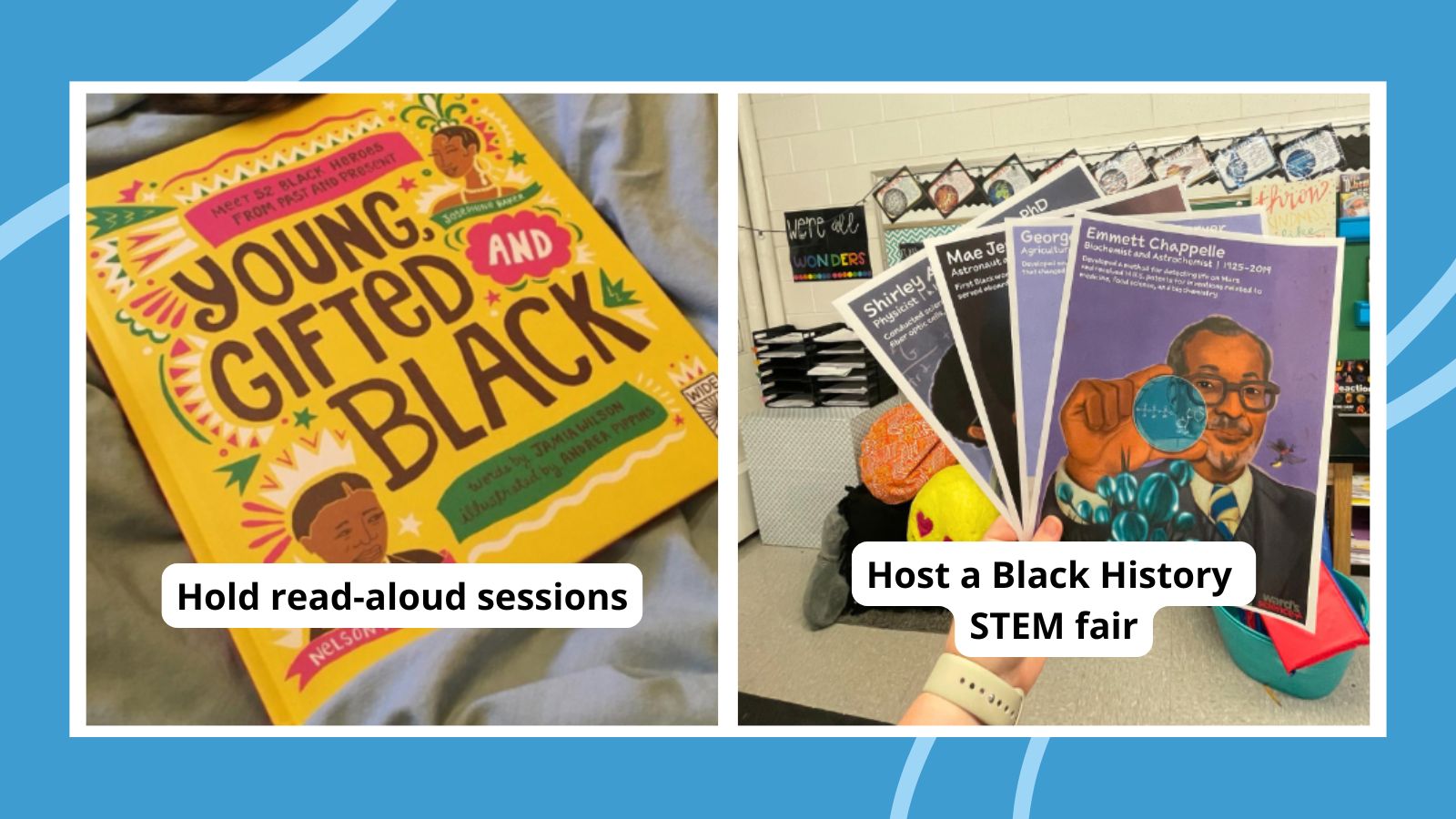Key points:
When students are engaged, they come to school
How video coaching inspires teacher self-reflection
iI’m a first-year teacher. How can I find success in the classroom?
For more news on PD, visit eSN’s Educational Leadership hub
Something has been missing in our K-12 education system since the onset of the COVID-19 pandemic. Tragically, it’s the kids.
Chronic absenteeism continues to be a major problem in schools across the nation. In 2022, the average chronic absenteeism rate hit 28 percent–an 88 percent increase from 2019. Though this number declined a bit in 2023, it remained nearly 80 percent higher than the national pre-pandemic chronic absenteeism baseline.
That said, there is hope in the battle against student absenteeism–and it lies with the teachers. A wide variety of professional development (PD) offerings are being used to potentially reduce classroom behavioral issues and help increase student engagement. These two factors go a long way toward encouraging students to go to and stay in school, thereby resulting in lower chronic absenteeism rates.
The importance of a positive school climate and culture
As an educator, you are innately aware of tension and stress in your school, no matter the cause. And when the climate on campus is tense, kids feel it too. It’s a major factor in chronic absenteeism among students.
Let’s face it–the past few years have been a challenge for educators, to put it lightly. The pandemic created a dynamic in schools unlike any we’d ever experienced, and there were times when school climate bordered on chaotic. Bullying increased significantly during and after the pandemic and teacher retention became a nationwide crisis.
No student should feel afraid to go to school. It is our duty as educators to create a welcoming space for all our students. Administrators need to put in the work to create and maintain environments conducive to learning and where young people feel safe, supported, and valued. If that’s not the case, most students simply don’t want to be in the building. This can be accomplished by implementing school-wide anti-bullying initiatives, creating inclusivity programs, having simple conversations, and maintaining an upbeat attitude in the classroom.
With effective professional learning that focuses on classroom management and behavior strategies, district leaders can set their educators and students up for success by creating that safe, welcoming space and ideal learning environment.
Student engagement is critical
Creating a positive school climate and culture is a crucial first step because it helps promote student engagement. And when students are engaged, they come to school. While each student has their own individual needs and wants, most feel engaged when:
They feel welcomed in the classroom. Getting to know your students is a vital component of understanding what makes them thrive. By doing so, you can make school a more personal and personalized experience for them.
They have choices. All kids learn differently, and while it’s hard to individualize instruction for everyone, giving students the opportunity to showcase their skills in different ways keeps them engaged and excited about learning. For example, occasionally allowing students to complete an assignment or a project using a different type of media can go a long way toward engagement.
They participate in student-centered learning. Students of any age can only listen to a lecture so long before they start tuning the teacher out completely. Providing students with the chance to gather in groups or work autonomously gives them a break from the norm and helps recharge their batteries.
PD that is specifically focused on cultivating a positive school climate and learning environment goes hand in hand with improving student engagement levels. By implementing this type of PD, schools can begin to reduce their absenteeism rates and keep students learning.
Remember, PD can help educators address a range of academic challenges–including student behavioral issues, classroom management, and student engagement. I’ve seen firsthand how professional learning opportunities that are designed to promote positive learning environments, inclusive and equitable classroom practices, and Multi-Tiered Systems of Support (MTSS) can play a part in engaging students and helping reduce absenteeism.
While chronic absenteeism is a nationwide problem, there are positive signs that progress is being made within districts that invest in high-quality professional learning. The more districts address these issues, the faster we’ll see absenteeism rates decline.
Chronic absenteeism continues to be a major problem in schools across the nation. In 2022, the average chronic absenteeism rate hit 28 percent–an 88 percent increase from 2019. Educational Leadership, Featured on eSchool News, Teacher Professional Development, classroom, educational leadership, leadership, news, PD, school, student, students, teacher, video eSchool News









